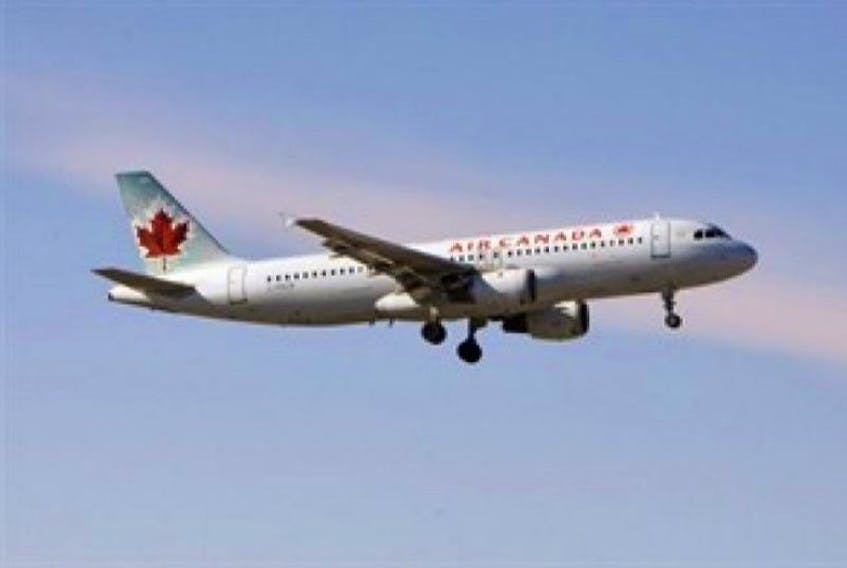An Air Canada flight from Toronto had to divert to Montreal on Monday evening because it was foggy at Halifax Stanfield international airport and a construction crane at the terminal prevented the pilot from using the only runway with lowvisibility landing capability.
Even though the runway was expected to be available in 10 minutes, according to the airport authority and a report published by Transport Canada, the crew aboard ACA608 decided to head for Montreal, which is just under two hours away.
The plane had missed its approach to runway 14 at around 6:45 p.m. due to weather and requestedpermission to use runway 23, which has what aviators call CAT II — or category 2 — instrument landing systems capability. A
Category 2 runway has special lighting and electronics that some planes can use in low-visibility conditions.
Meanwhile, the airport authority had issued a notice to aviators that runway 23 was temporarily closed.
Airport spokeswoman Nicole Scaplen said that was because a crane was at the south end of the terminal installing structural steel as part of new washrooms being built there and it affected the approach to runway 23.
“What happened was the ceiling became low very quickly,” she said. “It became quite foggy in a relatively short period of time, so the tower called the airport authority and asked, based on Air Canada’s request, to switch the runway to the Category 2 runway, which is runway 23.
“We called the crane operator to have the cranelowered in order for us to make that the active runway, and I can’t answer as to why in the 10 minutes it would have taken to lower the crane . . . the pilot decided to divert.”
Air Canada’s senior manager of media relations, Isabelle Arthur, said in an email that diversions occur from time to time due to weather.
Without a guaranteed time that the CAT II runway would be available on Monday, the pilot decided to divert to Montreal, she said.
“Given that the weather (both actual and forecasted) as the flight was approaching was below our standards, and without a confirmed exact time for the CAT II to be operational, the crew decided to proceed to the alternate airport, which was Montreal,” Arthur said.
“As we have many flights and aircraft in Montreal, we are thus able to get our passengers to their destination quickly as safe as it is to do so.”









